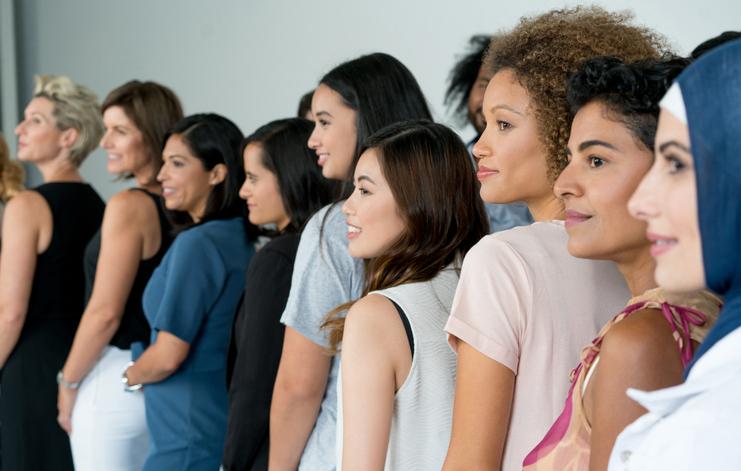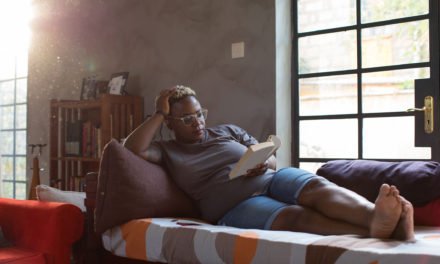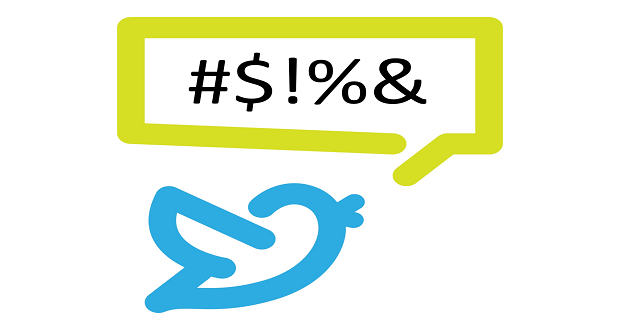Being biracial comes with a lot of warning labels — but unfortunately, no instruction manual. As a biracial adoptee, more layers of uncertainty are added to this uneven terrain. Luckily, and many thanks to my loving parents, my adoption was never something that was hidden from me, but I did still realize from an early age that I looked very different from my family. I never viewed my differences as necessarily good or bad; I simply recognized them as differences and tried, pretty successfully, not to let them affect me.
It wasn’t until around the fourth grade that I felt like, overnight, I morphed into the mixed elephant in the room, and I became fully aware of how loudly my appearance was speaking for me before I ever actually spoke. I started to physically feel the tension during certain interactions and began to notice that my features were affecting the way people not only felt about me but the way they treated me.
I grew up in a predominantly white town and have been navigating hurtful and dehumanizing racial experiences for my entire life. I’ve made up stories to tell complete strangers in order to explain and defend myself against comments on my hair, my voice and my skin color — when the truth would not suffice. I know now that these comments were microaggressions that came from being unable to fit me into a white or Black box, no matter how hard someone tried. I felt pressured to share deeply personal stories surrounding the mystery of my adoption to unfamiliar faces because I didn’t have any solid information on how I came to be. I did this because I always hoped that once someone learned I was adopted, they would forgive me for accidentally looking the way I did. As I reflect on the behavior and actions of these people, so desperate to know exactly how much of which ingredients were used in my making, I understand that the accusations all implied one single question: Why are you like this?
The constant comments and insinuations made me feel so incredibly alone. Unanswered, the questions festered into a paralyzing mix of anxiety and irrational fear that everyone I met believed that I was worth absolutely nothing. After learning my true ethnic background through DNA tests as an adult, having children of my own, and a husband whose love for me is so unwavering that it has dismantled many layers of deep-seeded doubt and self-hate, I finally understand that the way people feel about my appearance says much more about them than it does about me.
I work hard, daily, to be content as I am. But widespread racial tension accompanied by fearless digital crusaders and growing political divides have left the proverbial racial waters murkier than ever. While the long-deserved attention to these insidious systemic issues is extremely validating, I’ve felt more confused than hopeful when trying to discern people’s true feelings regarding racial issues and even racism as a whole.
How can we tell the difference between unintentional ignorance versus blatant racism? What are we supposed to say when we aren’t sure if someone is truly racist or perhaps just uneducated on specific issues of race? How do we respond to “well-meaning” oppressive words and assumptions? How do we react when we don’t know the intention of a friend, family member or co-worker that consistently shares targeted stories on social media that degrade minority groups?
The answers to these questions are less of “answers” and more of ideas or suggestions. These ideas intend to provide respectful ways to respond to similar situations and to hopefully open doors towards more understanding and inclusive interactions and relationships when racial tension is present. Further, these ideas aim to provide solutions for when you cannot tell where someone stands on race issues… but they do not address how to converse with someone who is admittedly a racist. This reading also does not intend to dismantle historical systemic racism, but instead discusses how to address modern day-to-day relationships and interactions.
Sometimes we have to swim against the current when we drift too far from the safety of shore, but to reclaim that safe spot, we have to put in the work. The same is true for situations that lead to personal racial boundaries being crossed.
We must also clearly explain that physical action is not the only way racism thrives. For the purposes of this reading, racism will refer to using oppressive language, perpetuating racial misconceptions, participating in microaggressions, or a situation that makes a person feel like they must speak louder and faster than the color of their skin.
Below are three proven ways to impact social change that emphasize the power of vulnerability and connection over the use of forceful language and divisive aggression.
1.) Build a bridge.
Just because someone is unfamiliar with appropriate behaviors regarding race, they are still aware of the fact that the two of you are different. They also know that you know that the two of you are different. Expanding this divide any further is unnecessary. Instead, try explaining your point of view in such a way that relatable feelings and emotions are used to anchor your words and build a bridge of connection. Try sharing your personal experiences, if you think this will help, and explain how certain words and actions make you feel uncomfortable and are not inclusive of everyone who is present.
Try explaining your point of view in such a way that relatable feelings and emotions are used to anchor your words and build a bridge of connection. Try sharing your personal experiences. Share on X2.) Ask answerable questions.
Questions can lead to conversation, and when structured responsibly, can open hearts and minds. Questions also express thoughtful consideration and can show that you are trying to meet people where they are and understand. Ask questions that express your concern with specific actions or words, but that also open the door for empathy and understanding to grow. Also, if comfortable, make it clear that you are open to further respectful discussion in the future.
Questions can lead to conversation, and when structured responsibly, can open hearts and minds. Questions also express thoughtful consideration and can show that you are trying to meet people where they are and understand. Share on X3.) Lead by example.
Openly volunteering and donating to organizations and groups who support diversity and inclusion are great ways to lead by example. This also garners an opportunity to discuss these groups, what they’re doing, how they are helping, and what their beliefs are, all from the standpoint of the organization. Also, structuring your digital reputation in a way that supports diversity and inclusion is a proactive way to represent your beliefs, open the floor for conversation, and create an easy place to refer someone to learn more.
Structuring your digital reputation in a way that supports D&I is a proactive way to represent your beliefs, open the floor for conversation, and create an easy place to refer someone to learn more. Share on XIn order to maintain balance and peace, we have to intentionally work to set boundaries and express feelings and thoughts that sometimes challenge the status quo. For so long, I’ve fought to make others feel comfortable in my presence and tried to make sure that my skin or my hair didn’t offend them at the expense of honoring myself and my own comfortability. I am not perfect. I don’t know how to entirely eliminate hate stemming from fear and the unknown. But I do know that taking every opportunity I get to share what the hate has done to me over the years, and how it could have been avoided, may be the only way I can defend and show up for my inner child, my children and every child who battles daily racial ignorance, and questions if and when they’ll ever be openly accepted and loved.
For so long, I’ve fought to make others feel comfortable in my presence, and tried to make sure that my skin or my hair didn’t offend them at the expense of honoring myself and my own comfortability. Share on X


















